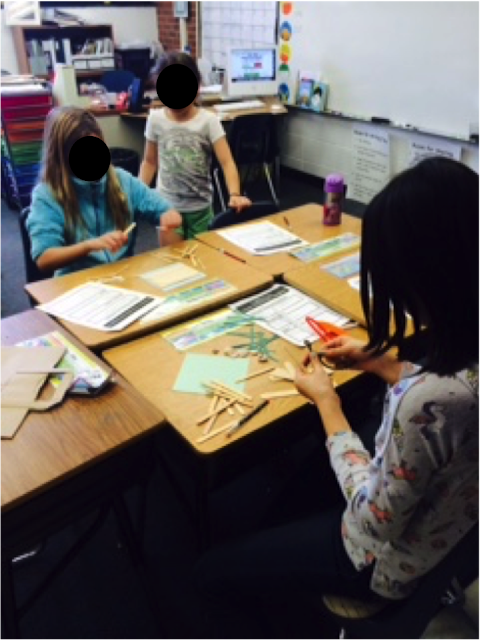Do yourself a favor and get in touch with your local library!
 |
| OF COURSE the library would have a ton of resources!!! |
I regret not getting in touch with our library sooner....I wish I knew about the resources that they offer to schools and teachers!
Our local library has phenomenal resources like:
- Resource Bags - Just fill out a short form about what you will be studying...and in a week, you will have a bag of goodies (books, digital resources, and more!) all about the topic!
- STEM Kits - What!? I had no idea! In the last week, I was able to check out Arduinos, Makey-Makeys, and Finch Robots!
- Tours/Visits - The library will host tours of its facilities OR come to your school to do book talks, story time, database demonstrations, or more!
- Partnerships - Our library has a lot of great makerspace resources like 3D printers and Makey-Makeys! A middle school teacher in our district partnered with the library to have his students learn about the different resources...then collaborated with our elementary school!
- Host Events - Ready to celebrate your kids' hard work or show off genius hour/makers' projects, see if your library would be willing to host! It would be neat to have community members and students presenting alongside each other! We also hosted our celebration of our 3D printing project collaborations there!
Contact your library as soon as you can before you find yourself doing this...



















